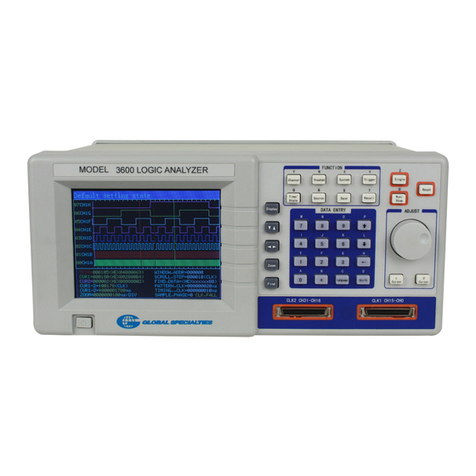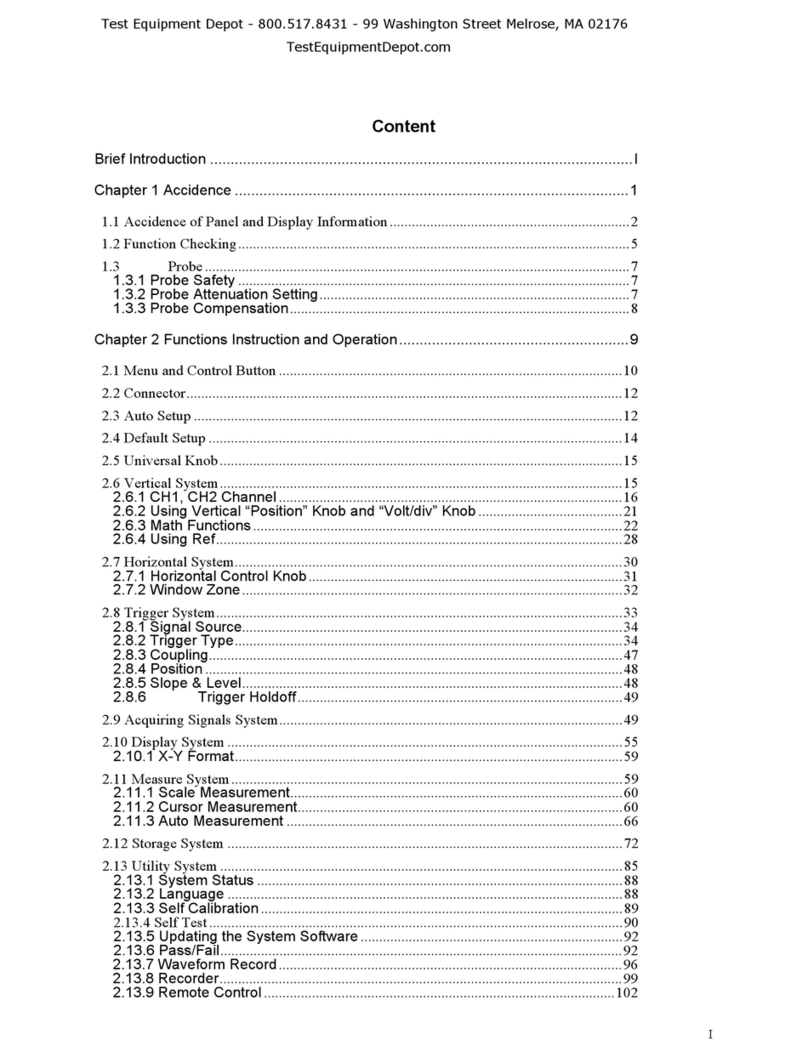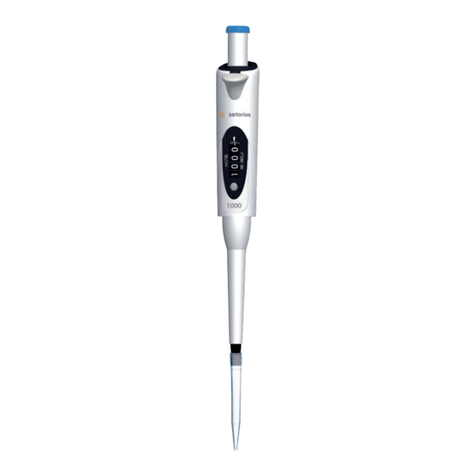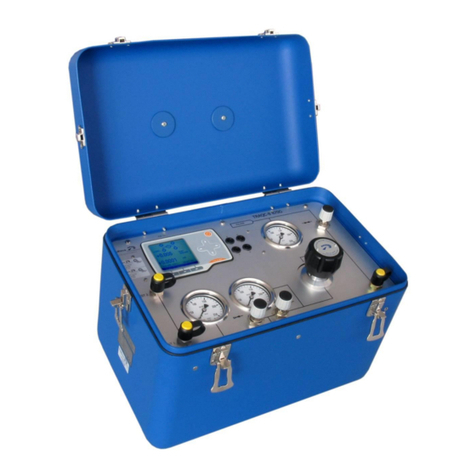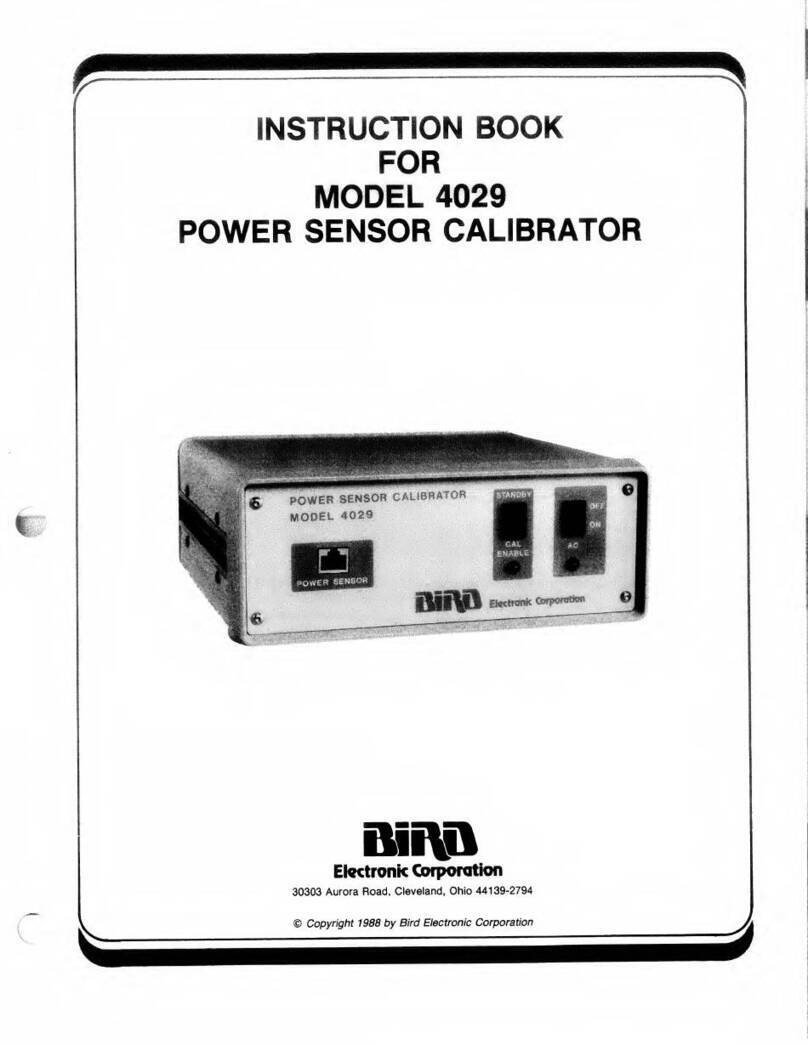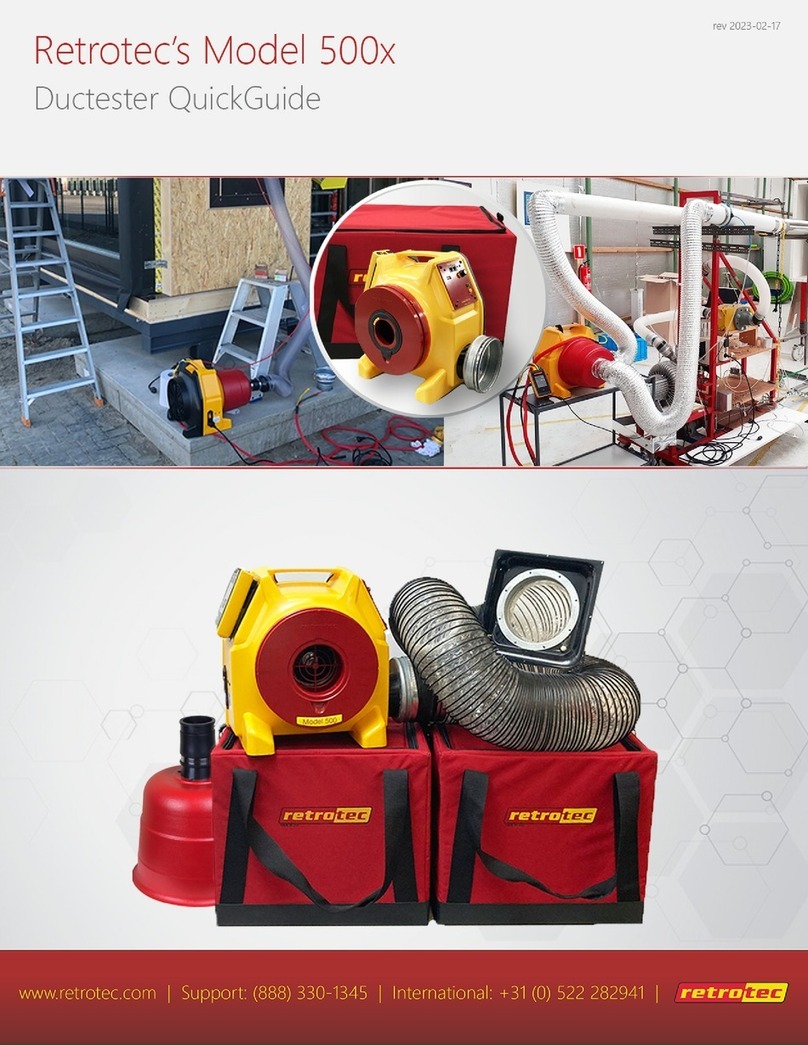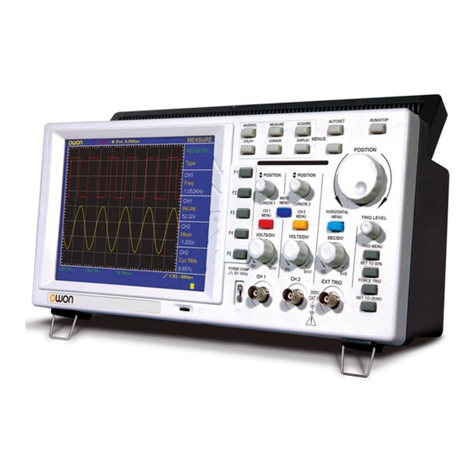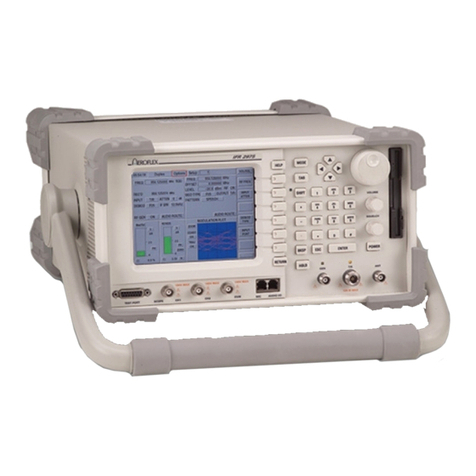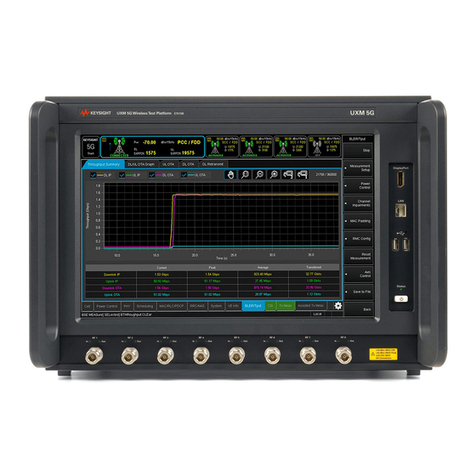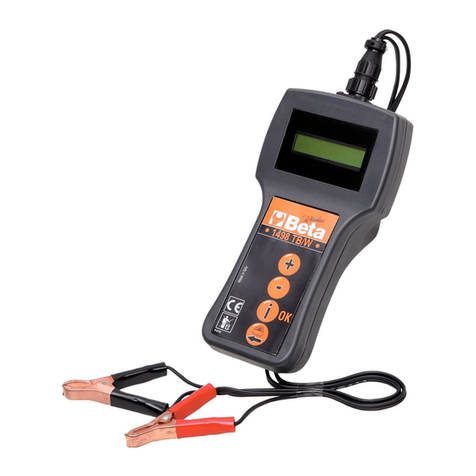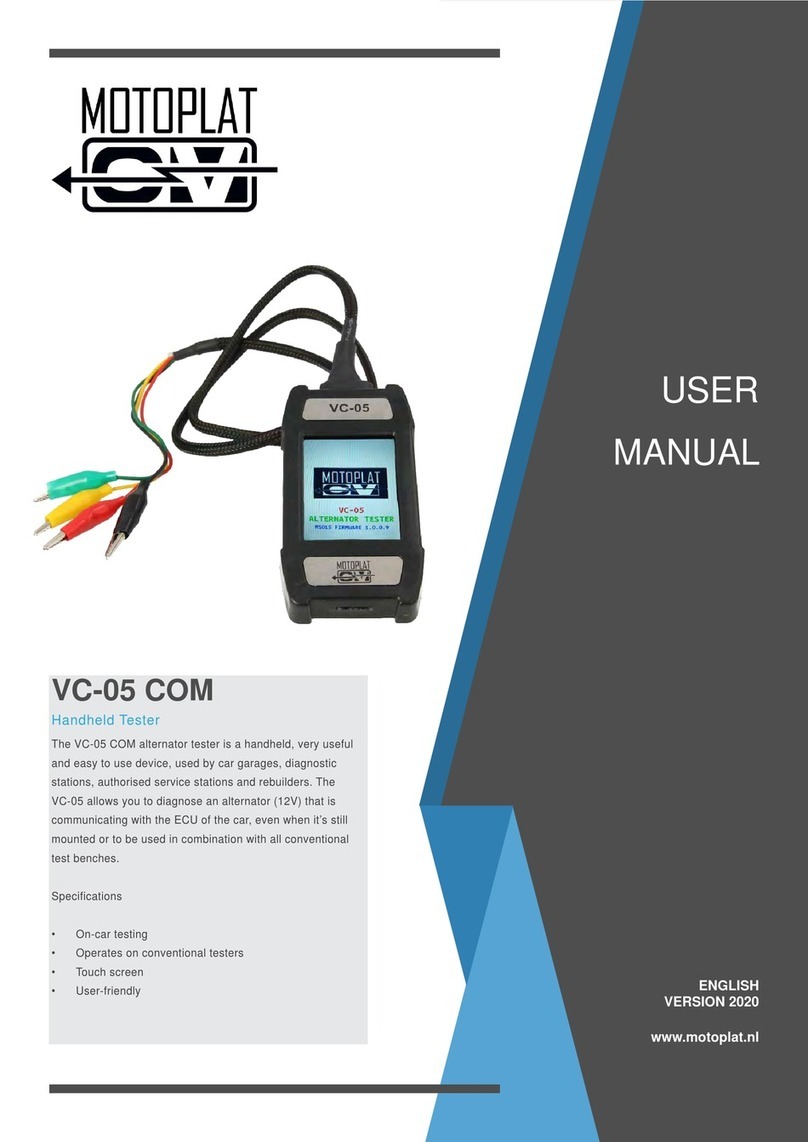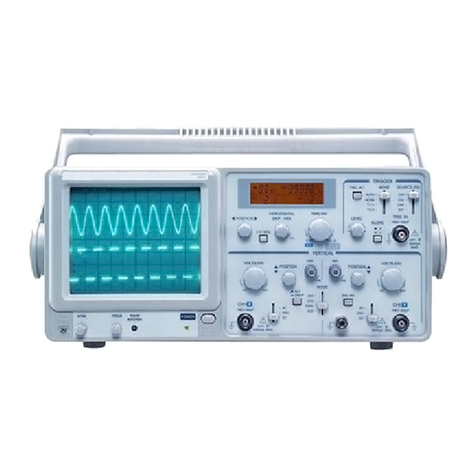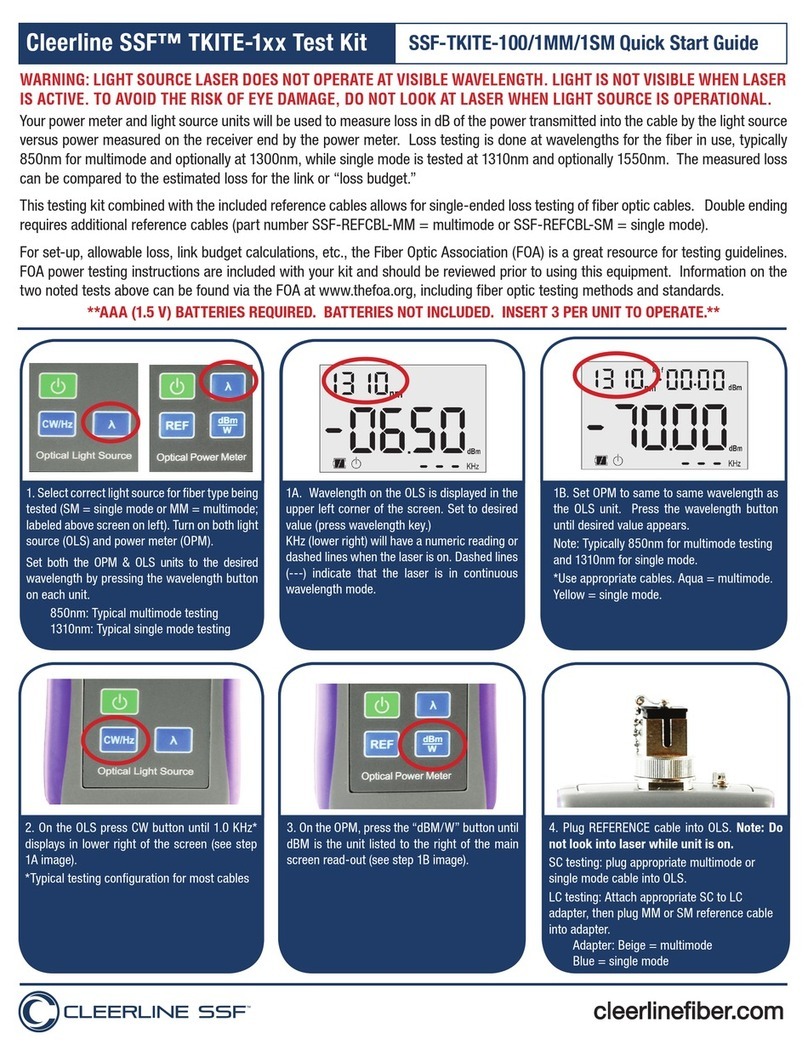Global Specialties LD-200P User manual

1320
User Manual
200 W Programmable
Electronic Load

Table of Contents
1Safety Summary ........................................................................1
2Introduction................................................................................4
2.1 Overview 4
2.2 Features 4
3Installation..................................................................................4
3.1 Initial Inspection 4
3.2 Input Power Requirements 5
3.3 Ventilation 5
4Product Description ..................................................................6
4.1 Front Panel 6
4.2 Rear Panel Description 8
5Operating Instructions ..............................................................9
5.1 Constant Voltage Setting 9
5.2 Constant Current Setting 9
5.3 Constant Power Setting 9
5.4 Constant Resistance Setting 9
5.5 List Mode 10
5.5.1 Data Storage 10
5.5.2 Data Recall 10
5.5.3 Delay Time 10
5.5.4 Run List 10
5.6 Control from a PC 11
5.7 Output 12
6Specifications ..........................................................................14
7Maintenance.............................................................................15
7.1 Preventative Steps 15
7.2 When the Unit is Not Turning On 15
7.3 Fuse Replacement 15
8Service and Warranty Information .........................................16
8.1 Limited Two-Year Warranty 16
8.2 Calibration and Repair 17

1 Safety Summary
The following safety precautions apply to both operating and
maintenance personnel and must be observed during all phases of
operation, service, and repair of this instrument. Before applying
power, follow the installation instructions and become familiar with
the operating instructions for this instrument.
GROUND THE INSTRUMENT
To minimize shock hazard, the instrument chassis and cabinet must
be connected to an electrical ground. This instrument is grounded
through the ground conductor of the supplied, three-conductor AC
power cable. The power cable must be plugged into an approved
three-conductor electrical outlet. Do not alter the ground connection.
Without the protective ground connection, all accessible conductive
parts (including control knobs) can render an electric shock. The
power jack and mating plug of the power cable meet IEC safety
standards.
DO NOT OPERATE IN AN EXPLOSIVE ATMOSPHERE
Do not operate the instrument in the presence of flammable gases
or fumes. Operation of any electrical instrument in such an
environment constitutes a definite safety hazard.
KEEP AWAY FROM LIVE CIRCUITS
Instrument covers must not be removed by operating personnel.
Component replacement and internal adjustments must be made by
qualified service personnel. Disconnect the power cord before
removing the instrument covers and replacing components. Under
certain conditions, even with the power cable removed, dangerous
voltages may exist. To avoid injuries, always disconnect power and
discharge circuits before touching them.

DO NOT SERVICE OR ADJUST ALONE
Do not attempt any internal service or adjustment unless another
person, capable of rendering first aid and resuscitation, is present.
DO NOT SUBSTITUTE PARTS OR MODIFY THE INSTRUMENT
Do not install substitute parts or perform any unauthorized
modifications to this instrument. Return the instrument to Global
Specialties for service and repair to ensure that safety features are
maintained.
WARNINGS AND CAUTIONS
A WARNING statement calls attention to an operating procedure,
practice, or condition, which, if not followed correctly, could result in
injury or death to personnel.
A CAUTION statement calls attention to an operating procedure,
practice, or condition, which, if not followed correctly, could result in
damage to or destruction of parts or the entire product.
WARNING: Do not alter the ground connection. Without the
protective ground connection, all accessible conductive parts
(including control knobs) can render an electric shock. The power
jack and mating plug of the power cable meet IEC safety standards.
WARNING: To avoid electrical shock hazard, disconnect power
cord before removing covers. Refer servicing to qualified personnel.
CAUTION: Before connecting the line cord to the AC mains, check
the rear panel AC line voltage indicator. Applying a line voltage
other than the indicated voltage can destroy the AC line fuses. For
continued fire protection, replace fuses only with those of the
specified voltage and current ratings.

CAUTION: This product uses components which can be damaged
by electrostatic discharge (ESD). To avoid damage, be sure to
follow proper procedures for handling, storing and transporting parts
and subassemblies which contain ESD-sensitive components.
COMPLIANCE STATEMENTS
This product is subject to Directive 2002/96/EC of the
European Parliament and the Council of the European
Union on waste electrical and electronic equipment
(WEEE), and in jurisdictions adopting that Directive, is
marked as being put on the market after August 13, 2005,
and should not be disposed of as unsorted municipal
waste. Please utilize your local WEEE collection facilities in the
disposition of this product and otherwise observe all applicable
requirements.

2 Introduction
2.1 Overview
The LD-200P is a programmable high resolution load with digital
button control for ease of operation. With a voltage range of 1-63 V
and current range of 10 mA to 15 A, the LD-200P is the perfect all-
round electronic load. The LD-200P can operate in constant current
(CC), constant voltage (CV), constant resistance (CR), and constant
power (CP) mode and has a standard USB or RS-232 serial
interface for remote communication.
2.2 Features
•High resolution (20 mV, 1mA, 0.1 W, 0.1 Ω)
•9 sets of programmable memory
•4-digit LED display
•Voltage range: 1~63 V
•Current range: 10 mA~15A
•Maximum power: 200 W
•Operation modes: constant voltage (CV), constant current
(CC), constant power (CP),and constant resistance (CR)
•Built in USB/RS-232 interface
•Over Voltage (OVP) & Over Current Protection (OCP)
3 Installation
3.1 Initial Inspection
This unit is tested prior to shipment. It is therefore ready for
immediate use upon receipt. An initial physical inspection should be
made to ensure that no damage has been sustained during
shipment.
Inspect the packing box on receipt for any external damage. If any
external damage is evident, remove the instrument and visually

inspect its case and parts for any damage. If damage to the
instrument is evident, a description of the damage should be noted
on the carrier’s receipt and signed by the driver or carrier agent.
Save all shipping packaging for inspection. Forward a report of any
damage to the agent through which the unit is procured.
Retain the original packing in case subsequent repackaging for
return is required. Use of the original packing is essential.
After the mechanical inspection, verify the contents of the shipment.
The items included in this package are:
•LD-200P Electronic Load
•Power Cord
•User Manual
•Banana Plug to Alligator Clip Lead Wires (2 Black & 2 Red)
3.2 Input Power Requirements
The instrument can operate on 120 V or 240 VAC source at 50 or
60 Hz. The line selector plug on the rear panel allows you to select
the line voltage. Before connecting the power plug to an AC line
outlet, be sure to check that voltage selector plug is set in the
correct position corresponding to the line voltage in your location
and the fuse rating is as shown in the table.
Selector
Line Voltage
Fuse
120 V
100~125 V, 50/60 Hz
1.0 A
240 V
220~240 V, 50/60 Hz
0.6 A
3.3 Ventilation
Before applying power to unit, make sure that input voltage setting
is correct and the ventilation holes are not blocked. Ensure that the
ventilation fan located on the rear panel is working well (it should
turn on when powered on). Do not load the output if ventilation fan is
not working otherwise it may cause the power supply to overheat.

4 Product Description
4.1 Front Panel

Front Panel
1. Power button: Power On/Off.
2. V display: Indicates voltage limit or testing voltage value
3. C display: Indicates current setting or testing current value.
4. W display: Indicates power setting or testing power value.
5. Ωdisplay: Indicates resistance setting or testing resistance value.
6. Memory display: Indicates the present data location number in memory.
7. Status display: Indicates the operational state.
8. – Input BNC connector: Negative input terminal.
9. + Input BNC connector: Positive input terminal.
10. GND BNC connector: Ground terminal.
11. CV: “Enter” constant voltage mode.
12. CC: “Enter” constant current mode.
13. CP: “Enter” constant power mode.
14. CR: “Enter” constant resistance mode.
15. 0~9: Data input.
16. “ !” : Float point
17. “ ”: “Enter”
18. LOAD button.
19. Push to activate load and LED.
20. Push again to turn off.
21. SHIFT button: Push to access the secondary functions.
22. + (Auto):
+ : Increase the setting value.
Auto: Push [SHIFT][Auto] to change to Auto function.
23. - (Delay):
- : Decrease the setting value.
Delay: Push [SHIFT][Delay] to change to Delay function.
24. "(Store):
": Change digit to the left.
Store: Push [SHIFT][Store] to change to Store function.
25. #(Recall):
#:Change digit to the right.
Recall: Push [SHIFT][Recall] to change to Recall function.
26. USB / RS-232 terminal.

4.2 Rear Panel Description
Rear Panel
27. Heat sink: Heat dissipation for power transistor.
28. Ventilation fan: 8” 24 V DC fan.
29. Power input socket.
30. ▲The input power voltage indicator.
31. Fuse holder and input voltage selector.

5 Operating Instructions
5.1 Constant Voltage Setting
Push [CV], key in the voltage, and hit the “Enter” key to set the input
voltage value. For example, to set the input voltage value to 10.5 V:
Push [CV] [1] [0] [.] [5] “Enter”
5.2 Constant Current Setting
Push [CC], key in the current, and hit the “Enter” key to set the input
current value. For example, to set the input current value to 3.05 A:
Push [CC][3][.][0][5] “Enter”
If the input current is less than the set current value, the LD-200P
will pull down the input voltage until input current equals the set
value or input power reaches 200 W.
5.3 Constant Power Setting
Push [CP], key in the power value, and hit the “Enter” key to set the
input power value. For example, to set the input power value to 110
W:
Push [CP][1][1][0] “Enter”
5.4 Constant Resistance Setting
Push [CR], key in the resistance value, and hit the “Enter” key to set
load resistance value. For example, to set the load resistance value
at 510 Ω:
Push [CR][5][1][0] “Enter”

5.5 List Mode
5.5.1 Data Storage
Push [SHIFT][Store], number key, “Enter” key to save settings to
the target memory location. For example, to save settings to
memory location 5:
Push [SHIFT][Store][5] “Enter”
5.5.2 Data Recall
Push [SHIFT][Recall], number key, “Enter” key to recall all setting
values from target memory location. For example, to recall values
from memory location 2:
Push [SHIFT][Recall][2] “Enter”
5.5.3 Delay Time
Use the delay function to set how long the load will run the settings
from a location. For example to have memory location 2 run for 30
seconds, set the delay to 30 seconds and save this in location 2.
First, if you are showing a different memory location, push
[SHIFT][Recall][2] “Enter” to go to memory location 2. Then push
[SHIFT][Delay][3][0] “Enter.” Finally, push [SHIFT][Store][3] “Enter”
[to save].
5.5.4 Run List
Push [SHIFT][Auto] “Enter” key to automatically run through the
settings of locations 1-9. For example, say that you have already set
location 1 to 5 V with a delay time of 10 seconds. And location 2 has
been set to 60 V with a delay time of 15 seconds. Location 3-9 all
have 0 V for 0 seconds. Now to run the programs automatically:

Push [SHIFT][Auto][LOAD].
The load will now show location 1 with and the testing voltage (up to
the limit of 5 V) and after 10 seconds it will change to location 2 with
a limit of 60 V.
Auto execute will run continuously through your 9 programs starting
at location 1. Each location must be set to the same mode such as
CC or CV otherwise the program will stop at the first location with a
different mode.
5.6 Control from a PC
1. The LD-200P Software is compatible with the following
operating systems: Windows 9X, Windows ME, and
Windows XP, Windows 7 (32-bit only).
2. Download the software from the LD-200P page on our
website: globalspecialties.com. See the “DOWNLOADS”
tab.
3. Browse to the copy of the software on your computer.
4. Double click on the “Setup.exe” file. Follow the
instructions on the screen to install the LD-200P
Software.
5. Browse to the Driver folder. Use
CP210x_VCP_Win2K_XP_S2K3 for Windows ME, 2000
or XP. Use CP210x_VCP_Win7 for Windows 7. Double
click on the
appropriate driver.
Follow the instructions
on the screen to install
the driver.
6. Connect the LD-200P to your

computer via a USB cable.
7. Open the LD-200P Software.
8. The LD-200P program will confirm the COM port. The
software only recognizes COM ports 1-5, so your LD-
200P should be assigned to one of those. For help with
COM ports, see the “Help with COM ports” document in
the LD-200P web page (DOWNLOADS).
9. The computer will display the image shown below. You
can now control the LD-200P by your PC or on the front
panel of LD-200P.
5.7 Output
The output by default
is set “OFF”. It will be
reset to
“OFF” on
each startup.
a. Click the
“Output/ON” to switch on the output.
b. Click “CV’, “CP”, “CC”, “CR” to select the operation mode.

c. Click the number panel to input the voltage you need (0
– 63.00V).
d. Click ““Enter”” to activate the operation mode and the desired
voltage on the LD-200P.

6 Specifications
Description
Specification
Power Source
120/240 V Selectable
Operation value
Voltage
63V
Current
15A
Power
200W
Constant Voltage
Range
1~63V
Accuracy
±(1%+20mV)
Resolution
20mV
Constant Current
Range
10mA~15A
Accuracy : 10mA~1A
1A~6A
6A~15A
±(0.5%+1mA)
±(0.5%+10mA)
±(1%+100mA)
Resolution: 10mA~1A
1A~15A
1mA
10mA
Constant Power
Range
1~200W
Accuracy
±1%+0.2W
Resolution
0.1W
Constant Resistance
Range
0.5~999Ω
Accuracy
±1%+0.2Ω
Resolution
0.1Ω
Voltage Read back
Accuracy
±1%+50mV
Resolution
20mV
Current Read back
Accuracy
±1%+10mA
Resolution
10mA
Memory
Save address
1~9
Timer
Range
1~999999 sec
Resolution
1 sec
Fuse
115V (100~120V)
1.0 A
230V (220~240V)
0.6 A
Protection
Over Voltage & Over Current
Power Source
120/240 V Selectable

7 Maintenance
7.1 Preventative Steps
Please follow these preventive steps to ensure the proper operation
of your instrument.
•Never place heavy objects on the instrument.
•Never place a hot soldering iron on or near the instrument.
•Never insert wires, pins, or other metal objects into
ventilation fan.
•Never move or pull the instrument with power cord or output
lead. More importantly, never move the instrument when the
power cord or output lead is connected.
•Do not obstruct the ventilation holes in the rear panel as this
will increase the internal temperature.
•Do not operate the instrument with the cover removed
unless you are a qualified service technician.
•Clean and recalibrate the instrument on a regular basis to
keep the instrument looking nice and working well.
•Remove any dirt, dust, and grime whenever they become
noticeable on the outside cover using a soft cloth moistened
with a mild cleaning solution.
7.2 When the Unit is Not Turning On
Check if the power ON/OFF switch is turned ON. Check for blown
fuse. If not, then check the power cord. Please make sure that the
power cord is properly connected to the unit. Please also check the
main switch and ensure that the AC supply at your site is the same
as the one mentioned at the rear chassis of the unit.
7.3 Fuse Replacement
If the fuse blows, the LED will not light and the instrument will not
operate. Replace only with the correct value fuse. The fuse is
located on the rear panel adjacent to the power cord receptacle.

Remove the fuse holder assembly as follows:
1. Unplug the power cord from the rear of the instrument.
2. Insert a small screwdriver in the fuse holder slot (located
between fuse holder and receptacle).
3. When reinstalling fuse holder, be sure that the fuse is
installed so that the correct line voltage is selected.
8 Service and Warranty Information
8.1 Limited Two-Year Warranty
Cal Test Electronics warrants this product to be free from defective
material or workmanship for a period of 2 years from the date of
original purchase. Under this warranty, Cal Test Electronics is
limited to repairing the defective device when returned to the
factory, shipping charges prepaid, within the warranty period.
Units returned to Cal Test Electronics that have been subject to
abuse, misuse, damage or accident, or have been connected,
installed or adjusted contrary to the instructions furnished by Cal
Test Electronics, or that have been repaired by unauthorized
persons, will not be covered by this warranty.
Cal Test Electronics reserves the right to discontinue models,
change specifications, price, or design of this device at any time
without notice and without incurring any obligation whatsoever.
The purchaser agrees to assume all liabilities for any damages
and/or bodily injury which may result from the use or misuse of this
device by the purchaser, his employees, or agents.
This warranty is in lieu of all other representations or warranties
expressed or implied and no agent or representative of Cal Test

Electronics is authorized to assume any other obligation in
connection with the sale and purchase of this device.
8.2 Calibration and Repair
If you have a need for any calibration or repair services, please visit
us on the web at: globalspecialties.com. See the “Service” tab. Or
contact us via the “Contact” tab. You may also contact us at:
Cal Test Electronics
(parent company of Global Specialties®)
22820 Savi Ranch Parkway
Yorba Linda, CA 92887
800-572-1028 or 714-221-9330

20150319
Table of contents
Other Global Specialties Test Equipment manuals
